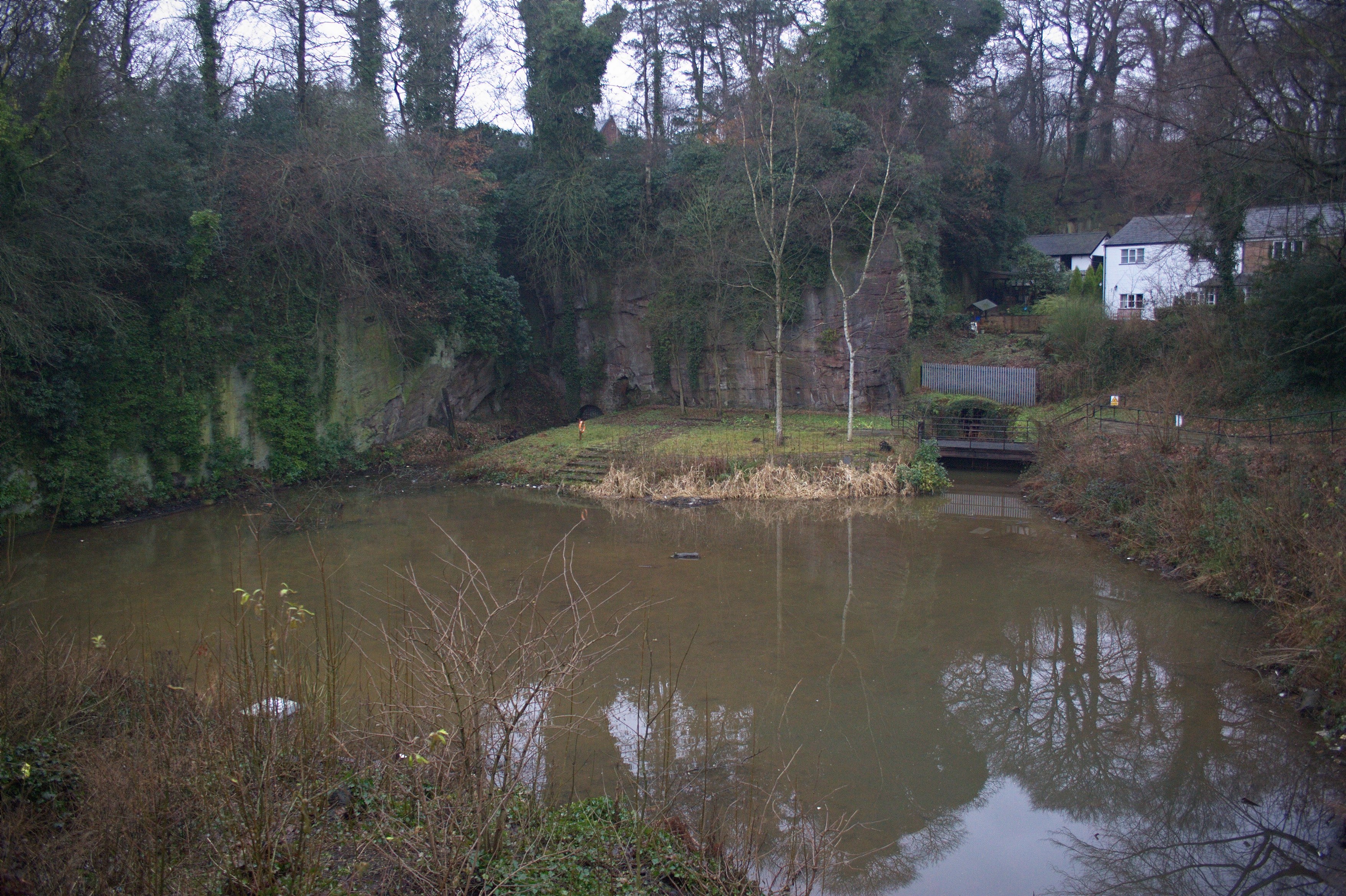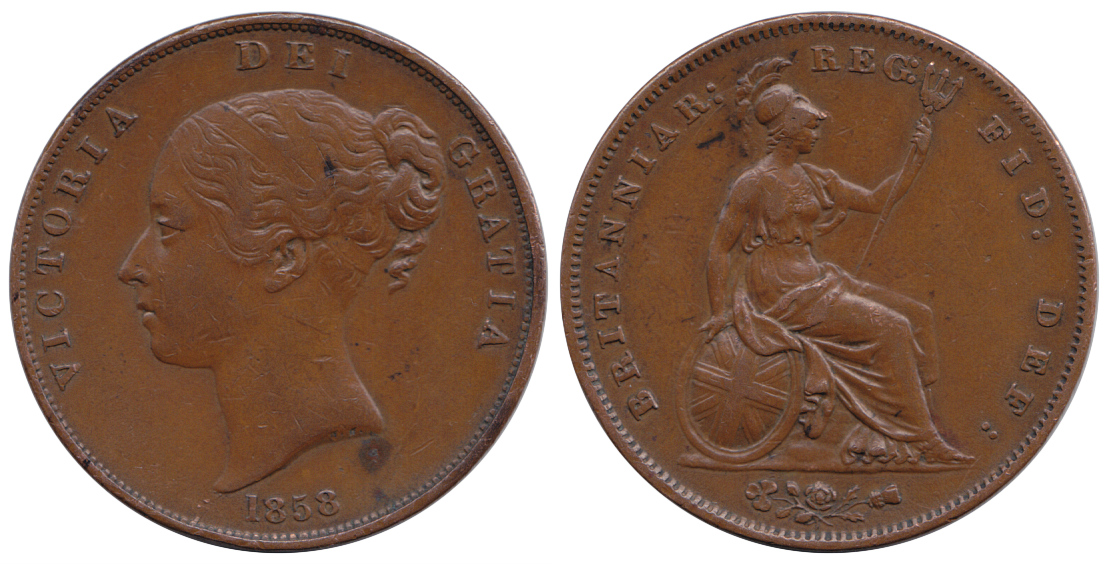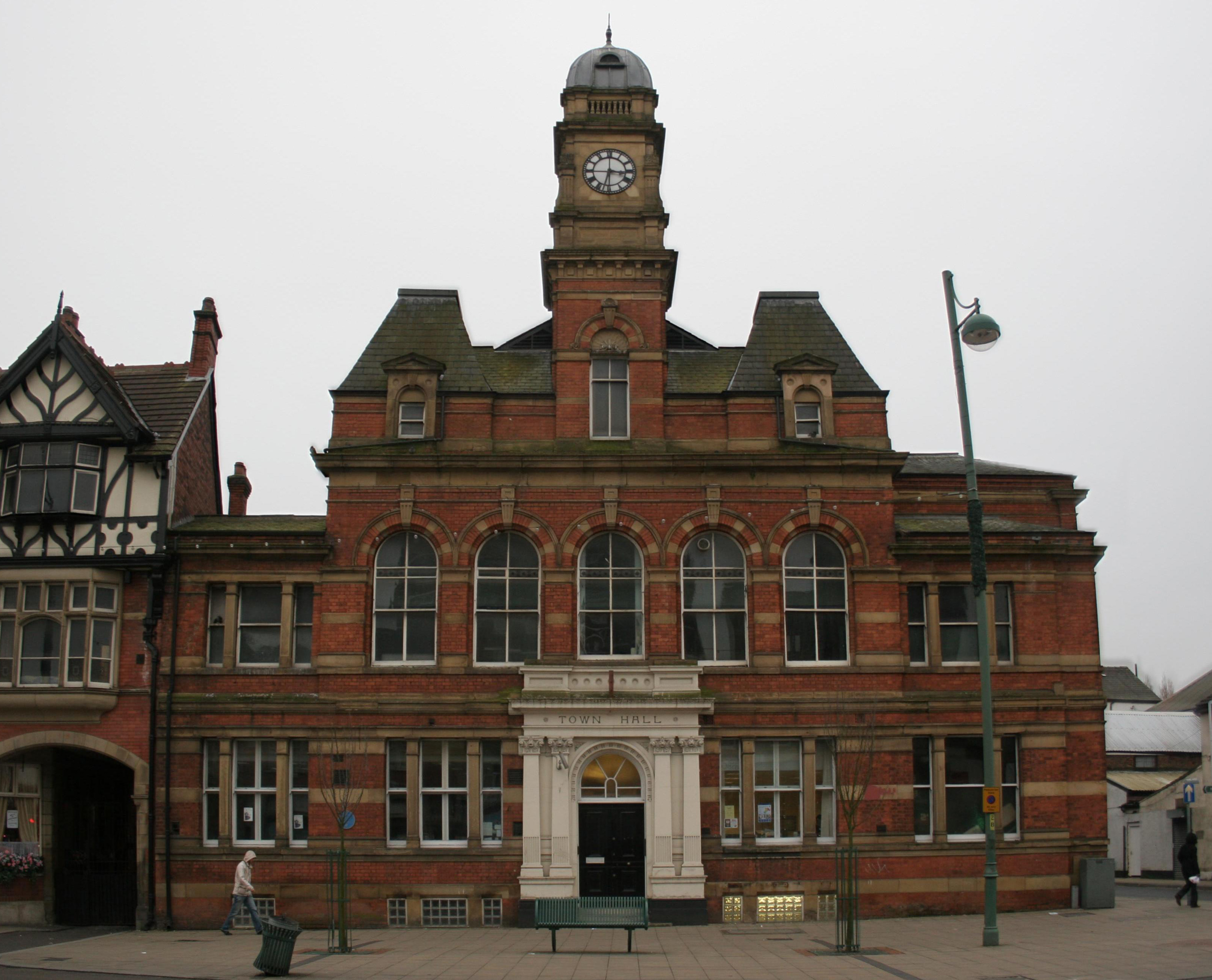|
Ellenbrook, Greater Manchester
Ellenbrook is a suburb of Worsley, in the City of Salford in Greater Manchester, England. Ellenbrook is west of Manchester, west of Salford and south of Bolton. Historically a part of Lancashire, it is close to Astley, Mosley Common and Walkden, by the East Lancashire Road. History Etymology The origin of the first element of the name is unknown, but the second element is certainly from Old English ''broc'', a brook or stream. Ellenbrook is situated by the Ellen Brook which becomes the Stirrup Brook in Boothstown. An ancient stone marked the boundary between the Hundreds of Salford and West Derby, the boundary of Eccles and Leigh ecclesiastical parishes, Tyldesley, Worsley and Little Hulton townships and the metropolitan districts of Wigan and Salford. Church Historically Ellenbrook was a chapelry in the parish of Eccles. Though its exact origins are uncertain between 1272 and 1295 the Rector of Eccles granted a licence to Richard de Worsley to have a chantry chapel provid ... [...More Info...] [...Related Items...] OR: [Wikipedia] [Google] [Baidu] |
City Of Salford
The City of Salford () is a metropolitan borough within Greater Manchester, England. The borough is named after its main settlement, Salford. The borough covers the towns of Eccles, Swinton, Walkden and Pendlebury, as well as the villages and suburbs of Monton, Little Hulton, Boothstown, Ellenbrook, Clifton, Cadishead, Pendleton, Winton and Worsley. The borough has a population of 270,000, and is administered from the Salford Civic Centre in Swinton. Salford is the historic centre of the Salford Hundred an ancient subdivision of Lancashire. The City of Salford is the 5th-most populous district in Greater Manchester. The city's boundaries, set by the Local Government Act 1972, include five former local government districts. It is bounded on the southeast by the River Irwell, which forms part of its boundary with Manchester to the east, and by the Manchester Ship Canal to the south, which forms its boundary with Trafford. The metropolitan boroughs of Wigan, Bolton, and ... [...More Info...] [...Related Items...] OR: [Wikipedia] [Google] [Baidu] |
Ecclesiastical Parish
A parish is a territorial entity in many Christianity, Christian denominations, constituting a division within a diocese. A parish is under the pastoral care and clerical jurisdiction of a priest#Christianity, priest, often termed a parish priest, who might be assisted by one or more curates, and who operates from a parish church. Historically, a parish often covered the same geographical area as a Manorialism, manor. Its association with the parish church remains paramount. By extension the term ''parish'' refers not only to the territorial entity but to the people of its community or congregation as well as to church property within it. In England this church property was technically in ownership of the parish priest ''Ex officio member, ex-officio'', vested in him on his institution to that parish. Etymology and use First attested in English in the late, 13th century, the word ''parish'' comes from the Old French ''paroisse'', in turn from la, paroecia, the Latinisation ... [...More Info...] [...Related Items...] OR: [Wikipedia] [Google] [Baidu] |
London And North Western Railway
The London and North Western Railway (LNWR, L&NWR) was a British railway company between 1846 and 1922. In the late 19th century, the L&NWR was the largest joint stock company in the United Kingdom. In 1923, it became a constituent of the London, Midland and Scottish (LMS) railway, and, in 1948, the London Midland Region of British Railways: the LNWR is effectively an ancestor of today's West Coast Main Line. History The company was formed on 16 July 1846 by the amalgamation of the Grand Junction Railway, London and Birmingham Railway and the Manchester and Birmingham Railway. This move was prompted, in part, by the Great Western Railway's plans for a railway north from Oxford to Birmingham. The company initially had a network of approximately , connecting London with Birmingham, Crewe, Chester, Liverpool and Manchester. The headquarters were at Euston railway station. As traffic increased, it was greatly expanded with the opening in 1849 of the Great Hall, designed by P ... [...More Info...] [...Related Items...] OR: [Wikipedia] [Google] [Baidu] |
Bridgewater Canal
The Bridgewater Canal connects Runcorn, Manchester and Leigh, Greater Manchester, Leigh, in North West England. It was commissioned by Francis Egerton, 3rd Duke of Bridgewater, to transport coal from his mines in Worsley to Manchester. It was opened in 1761 from Worsley to Manchester, and later extended from Manchester to Runcorn, and then from Worsley to Leigh. The canal is connected to the Manchester Ship Canal via a lock at Cornbrook; to the Rochdale Canal in Manchester; to the Trent and Mersey Canal at Preston Brook, southeast of Runcorn; and to the Leeds and Liverpool Canal at Leigh. It once connected with the River Mersey at Runcorn but has since been cut off by a slip road to the Silver Jubilee Bridge. Following the re-routing of roads to the Silver Jubilee Bridge, the Runcorn Locks Restoration Society campaigns to reinstate the flight of locks. The Bridgewater canal is described as the first great achievement of the canal age, although the Sankey Canal opened earlier. ... [...More Info...] [...Related Items...] OR: [Wikipedia] [Google] [Baidu] |
New Manchester
New Manchester or The City was an isolated mining community on the Manchester Coalfield north of Mosley Common in the Tyldesley township, England. It lies west of a boundary stone at Ellenbrook which marks the ancient boundary of the Hundreds of Salford and West Derby, the boundary of Eccles and Leigh ecclesiastical parishes, Tyldesley, Worsley and Little Hulton townships and the metropolitan districts of Wigan and Salford. The route of the Roman road from Manchester to Wigan and the Tyldesley Loopline passed south of the village. The Lancashire and Yorkshire Railway's Manchester to Southport line passed to the north. History Coal was mined in New Manchester where the coal seams of the Manchester Coalfield outcrop and are not far below the surface. The community was in existence by 1803 in houses provided by the Duke of Bridgewater who owned the mining rights. The men who came to work in the pits named the streets after places in their hometown, Manchester, ''Shude Hill'', ''G ... [...More Info...] [...Related Items...] OR: [Wikipedia] [Google] [Baidu] |
Bridgewater Collieries
Bridgewater Collieries originated from the coal mines on the Manchester Coalfield in Worsley in the historic county of Lancashire owned by Francis Egerton, 3rd Duke of Bridgewater in the second half of the 18th century. After the Duke's death in 1803 his estate was managed by the Bridgewater Trustees until the 3rd Earl of Ellesmere inherited the estates in 1903. Bridgewater Collieries was formed in 1921 by the 4th Earl. The company merged with other prominent mining companies to form Manchester Collieries in 1929. History Small scale coal mining had been carried on since the Middle Ages where coal seams outcropped in Worsley and the surrounding area. John Edgerton, the first Duke of Bridgewater, bought the Worsley estate in 1630. After inheriting the estate in 1748 the third Duke was keen to exploit the resources under his largely agricultural estate but the coal mines he inherited were small and particularly wet as water percolated through porous sandstone above the coal. The pro ... [...More Info...] [...Related Items...] OR: [Wikipedia] [Google] [Baidu] |
Norman Architecture
The term Norman architecture is used to categorise styles of Romanesque architecture developed by the Normans in the various lands under their dominion or influence in the 11th and 12th centuries. In particular the term is traditionally used for English Romanesque architecture. The Normans introduced large numbers of castles and fortifications including Norman keeps, and at the same time monasteries, abbeys, churches and cathedrals, in a style characterised by the usual Romanesque rounded arches (particularly over windows and doorways) and especially massive proportions compared to other regional variations of the style. Origins These Romanesque styles originated in Normandy and became widespread in northwestern Europe, particularly in England, which contributed considerable development and where the largest number of examples survived. At about the same time, a Norman dynasty that ruled in Sicily produced a distinctive variation–incorporating Byzantine and Saracen influen ... [...More Info...] [...Related Items...] OR: [Wikipedia] [Google] [Baidu] |
St Mary The Virgin's Church, Ellenbrook
St Mary the Virgin's Church or Ellenbrook Chapel is an active Anglican church in Ellenbrook, Worsley, Greater Manchester, England. The church is part of a team ministry with St Mark's Church, Worsley and St Andrew, Boothstown. It is in the Eccles deanery, the archdeaconry of Salford and the diocese of Manchester. The church was granted Grade II listed status in 1966. History The original Ellenbrook Chapel was founded by the lords of the manor of Worsley. Sometime between 1272 and 1295 the Rector of Eccles granted a licence to Richard de Worsley to have chantry in his chapel at Worsley. The next mention of a chapel was in 1549 when Sir Richard Brereton complained of the theft of a chalice from his chapel. Dame Dorothy Legh left the interest of £50 for its maintenance in 1638. The Bishop of Chester made an order as to its endowment in 1677. The dissident Lord Willoughby locked out the curate in charge in about 1693 and put in a Nonconformist preacher, but was defeated by the b ... [...More Info...] [...Related Items...] OR: [Wikipedia] [Google] [Baidu] |
Deane, Greater Manchester
Deane is an area of Bolton, in Greater Manchester, England. It is about south west of Bolton and northwest of the city of Manchester. Historically a part of Lancashire, the parish of Deane was one of eleven parishes within the hundred of Salford and covered roughly half of the present Metropolitan Borough of Bolton. The Church of St Mary on which the parish was centred was in the township of Rumworth. History Toponymy The name Deane derives from the Old English word ''"denu"'' - meaning valley.Billington(1982), In earlier times Deane was written without the final "e". The stream running in the valley to the west of the church was named the ''Kirkbroke'' - meaning Church Brook. The valley is also referred to as Deane Clough, "clough" being a Northern English word for a ravine or deep valley. Early church history Since Anglo-Saxon times there has been a chapel at Deane in the township of Rumworth, the earliest record is from the year 1100. This chapel of ease dedicated to S ... [...More Info...] [...Related Items...] OR: [Wikipedia] [Google] [Baidu] |
Leigh, Greater Manchester
Leigh is a town in the Metropolitan Borough of Wigan, Greater Manchester, England, on low-lying land northwest of Chat Moss. Within the boundaries of the Historic counties of England, historic county of Lancashire, Leigh was originally the centre of a large ecclesiastical parish covering six vills or townships. When the three townships of Pennington, Greater Manchester, Pennington, Westleigh, Greater Manchester, Westleigh and Bedford, Greater Manchester, Bedford merged in 1875, forming the Leigh Local Board District, Leigh became the official name for the town, although it had been applied to the area of Pennington and Westleigh around the parish church for many centuries. The town became an Urban district (Great Britain and Ireland), urban district in 1894 when part of Atherton was added. In 1899 Leigh became a municipal borough. The first town hall was built on King Street and replaced by the present building in 1907. Originally an agricultural area (noted for dairy farming), ... [...More Info...] [...Related Items...] OR: [Wikipedia] [Google] [Baidu] |
Penny (British Pre-decimal Coin)
The British pre-decimal penny was a denomination of sterling coinage worth of one pound or of one shilling. Its symbol was ''d'', from the Roman denarius. It was a continuation of the earlier English penny, and in Scotland it had the same monetary value as one pre-1707 Scottish shilling. The penny was originally minted in silver, but from the late 18th century it was minted in copper, and then after 1860 in bronze. The plural of "penny" is "pence" when referring to an amount of money, and "pennies" when referring to a number of coins. Thus 8''d'' is eight pence, but "eight pennies" means specifically eight individual penny coins. Before Decimal Day in 1971, sterling used the Carolingian monetary system (£sd), under which the largest unit was a pound (£) divisible into 20 shillings (s), each of 12 pence (d). The penny was withdrawn in 1971 due to decimalisation, and replaced (in effect) by the decimal half new penny, with p being worth 1.2''d''. History The kingdoms o ... [...More Info...] [...Related Items...] OR: [Wikipedia] [Google] [Baidu] |
Eccles, Greater Manchester
Eccles () is a town in the City of Salford in Greater Manchester, England, west of Salford and west of Manchester, split by the M602 motorway and bordered by the Manchester Ship Canal to the south. The town is famous for the Eccles cake. Eccles grew around the 13th-century Parish Church of St Mary. Evidence of pre-historic human settlement has been discovered locally, but the area was predominantly agricultural until the Industrial Revolution, when a textile industry was established in the town. The arrival of the Liverpool and Manchester Railway, the world's first passenger railway, led to the town's expansion along the route of the track linking those two cities. History Toponymy The derivation of the name is uncertain, but two suggestion have been proposed. The received one is that the "Eccles" place-name is derived from the Romano-British ''Ecles'' or ''Eglys'' ("eglwys" in Welsh means "church"), which in turn is derived from the Ancient Greek Ecclesia via the La ... [...More Info...] [...Related Items...] OR: [Wikipedia] [Google] [Baidu] |





_monument_Deane.jpg)


